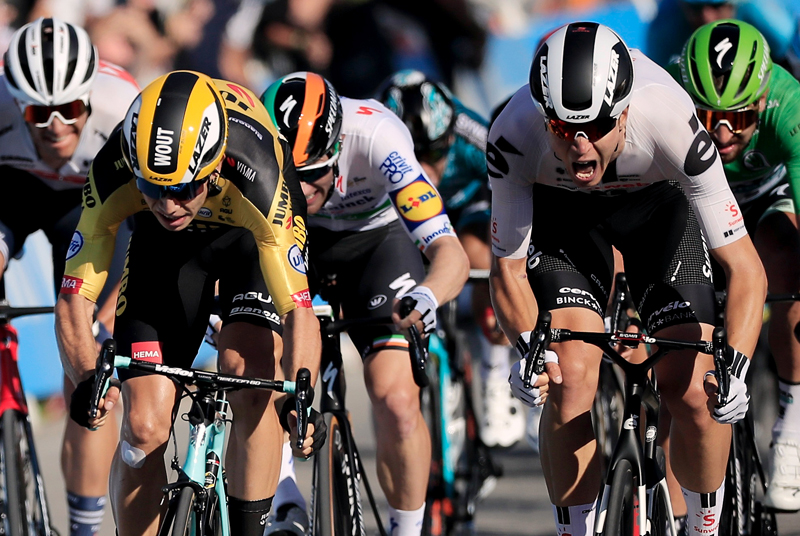Strength training for cyclists: push those pedals harder

As we’ve stated in numerous previous articles, a very large body of research has accumulated in recent years showing the unequivocal benefits of strength training for a wide range of athletes. Quite apart from the fact that the increased resilience of stronger muscles can help reduce the risk of injury – both those arising from inherent weaknesses and those of strength imbalances between different muscle groups – there are also obvious benefits for athletes whose sports require strength and power. There are also considerable benefits too for those engaging in sports, which although primarily endurance in nature, require occasional bursts of power – for example, cyclists who need to sprint for the finish line or launch a mid-race burst to break away from the pack.
However, the benefits of strength training go far beyond injury resilience and increased strength and power; numerous studies over the past two decades have demonstrated that strength training can significantly boost muscle efficiency – more technically known as ‘muscle economy’ (see figure 1 and also this article for a more in-depth article on economy and how to improve it)(1-5). Improved muscle economy is a vital component of endurance performance, allowing athletes to perform at a sub-maximal pace for less oxygen and energy cost, therefore reducing accumulated fatigue and boosting performance in long-distance events.
Figure 1: Examples of study findings on strength training and muscle economy*
You need to be logged in to continue reading.
Please register for limited access or take a 30-day risk-free trial of Sports Performance Bulletin to experience the full benefits of a subscription. TAKE A RISK-FREE TRIAL
TAKE A RISK-FREE TRIAL
Newsletter Sign Up
Testimonials
Dr. Alexandra Fandetti-Robin, Back & Body Chiropractic
Elspeth Cowell MSCh DpodM SRCh HCPC reg
William Hunter, Nuffield Health
Newsletter Sign Up
Coaches Testimonials
Dr. Alexandra Fandetti-Robin, Back & Body Chiropractic
Elspeth Cowell MSCh DpodM SRCh HCPC reg
William Hunter, Nuffield Health
Keep up with latest sports science research and apply it to maximize performance
Today you have the chance to join a group of athletes, and sports coaches/trainers who all have something special in common...
They use the latest research to improve performance for themselves and their clients - both athletes and sports teams - with help from global specialists in the fields of sports science, sports medicine and sports psychology.
They do this by reading Sports Performance Bulletin, an easy-to-digest but serious-minded journal dedicated to high performance sports. SPB offers a wealth of information and insight into the latest research, in an easily-accessible and understood format, along with a wealth of practical recommendations.
*includes 3 coaching manuals
Get Inspired
All the latest techniques and approaches
Sports Performance Bulletin helps dedicated endurance athletes improve their performance. Sense-checking the latest sports science research, and sourcing evidence and case studies to support findings, Sports Performance Bulletin turns proven insights into easily digestible practical advice. Supporting athletes, coaches and professionals who wish to ensure their guidance and programmes are kept right up to date and based on credible science.









